16 Birds With Yellow Belly

If you’re looking for a little bit of bird-related trivia to help pass the time, look no further! We’ve compiled a list of nine birds with yellow belly for your enjoyment. From the American Goldfinch to the Zebra Finch, these beautiful creatures are sure to brighten your day.
In this blog post, we will discuss the different types of birds that have yellow bellies and what makes them so special. We will also provide pictures of these birds for you to enjoy!
Contents
16 Birds With Yellow Belly
Some birds are more easily identified by their distinctive coloring than others. The yellow belly is one such characteristic. While not all birds with yellow belly are the same species, they do share this in common.
Some examples of birds with yellow bellies include the American goldfinch, canary, and goldfinch. Chickadees, crossbills, grosbeaks, and rose-breasted grosbeaks also have yellow bellies.
Additional species include the indigo bunting, nuthatch, sparrow, and warbler. As you can see, there is quite a variety of birds that share this common trait. The next time you’re out birdwatching, see how many of these yellow-bellied birds you can spot. Let’s discuss more birds with yellow belly.
1. Western Meadowlark
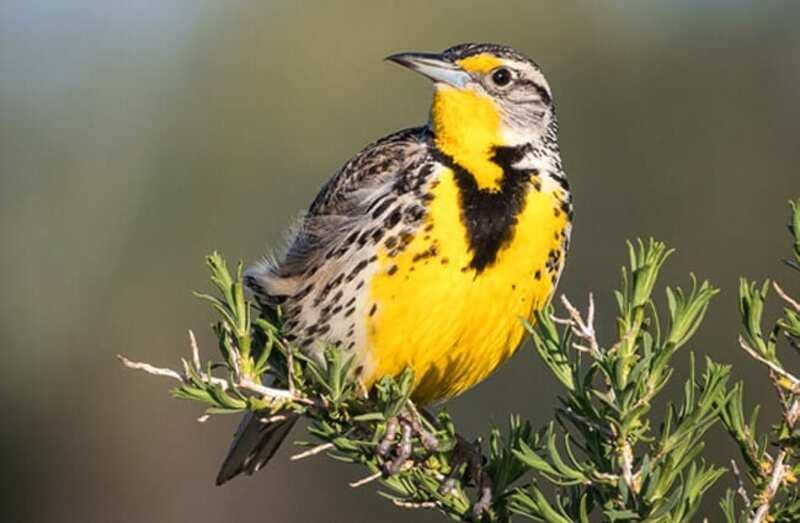
The western meadowlark is a ground-dwelling grassland songbird. The adult has yellow underparts with a black V on the breast, and brown upperparts with white streaks on the wings. It measures 18–20 cm (7–8 in) long, with along pointed bill. The song of the western meadowlark sounds like “spirited cheerio,” while its call is a sharp chip note. It is the state bird of six U.S. states and one Canadian province.
2. Lesser Goldfinch

The Lesser Goldfinch, is a small North American bird in the finch family. It is sometimes referred to as the “Eastern Goldfinch”, but this name more accurately refers to the American Goldfinch.
The male is bright yellow with a black cap and wings, while the female is duller with olive upperparts and buff underparts. Both sexes have black around the bill and eyes. Juveniles are similar to females but have brownish flanks. The Lesser Goldfinch eats mostly insects but also eats seeds.
3. Prairie Warbler
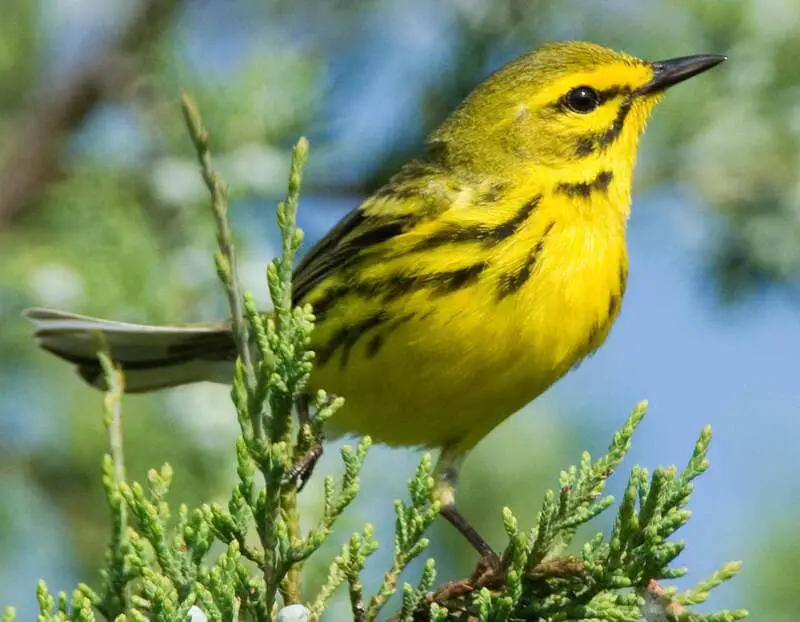
The prairie warbler is one of the birds with yellow belly that breeds in open woodlands and thickets across much of North America. These birds are migratory, wintering in South America. They are generally secretive birds, but males sing a loud, clear song from high perches during the breeding season.
Prairie warblers eat insects and other small invertebrates. They forage on the ground and in trees, gleaning food from leaves and branches. These birds build cup-shaped nests out of grass, moss, or lichen, usually high up in a tree. The female lays 4 to 5 eggs, which both parents incubate for about 12 days.
4. American Goldfinch
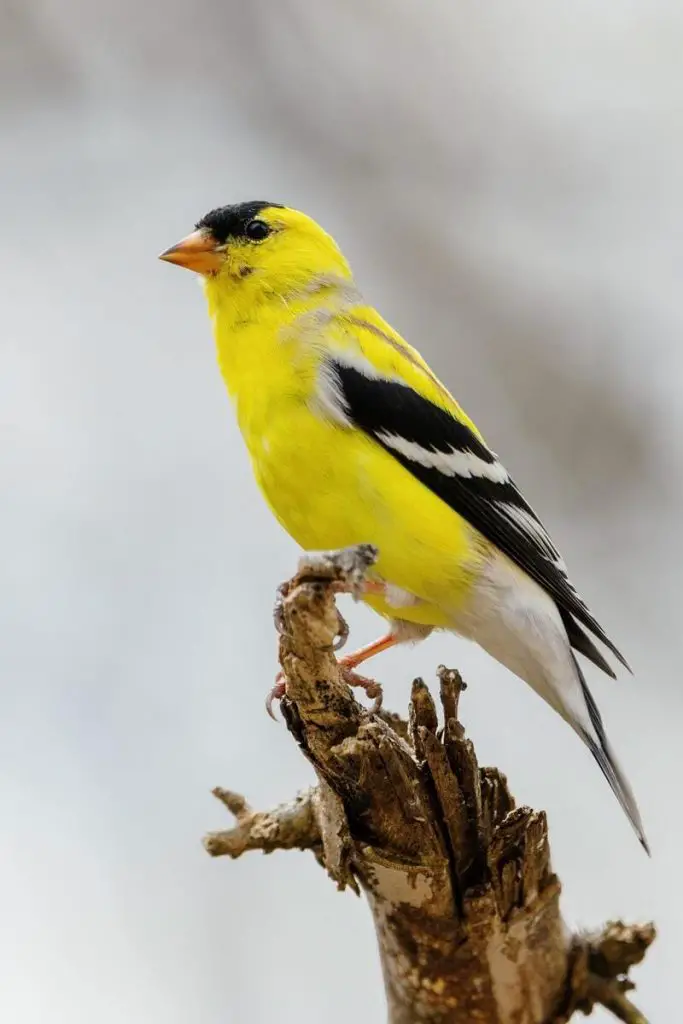
The American Goldfinch is a small songbird that is around 5-6 inches in length and has bright yellow feathers on its head, wings, and tail. These birds are known for their beautiful singing voices, as well as their fondness for feeding on thistle seeds.
American Goldfinches are migratory birds, meaning they travel south to warmer climates during the winter months. They can be found in a variety of habitats, including open woodlands, gardens, parks, and farmland.
5. Common Yellowthroat

The Common Yellowthroat (Geothlypis trichas) is a dainty bird that is easily recognizable by its bright yellow throat and olive-green back. The male Common Yellowthroat is particularly striking, with a black mask that extends over its eyes.
Although it is relatively small, the Common Yellowthroat has a loud, persistent song that can often be heard in open habitats such as marshes and fields. This cheerful little bird is a welcome sight to many birdwatchers, and it plays an important role in controlling insect populations.
6. Williamson’s Sapsucker Male
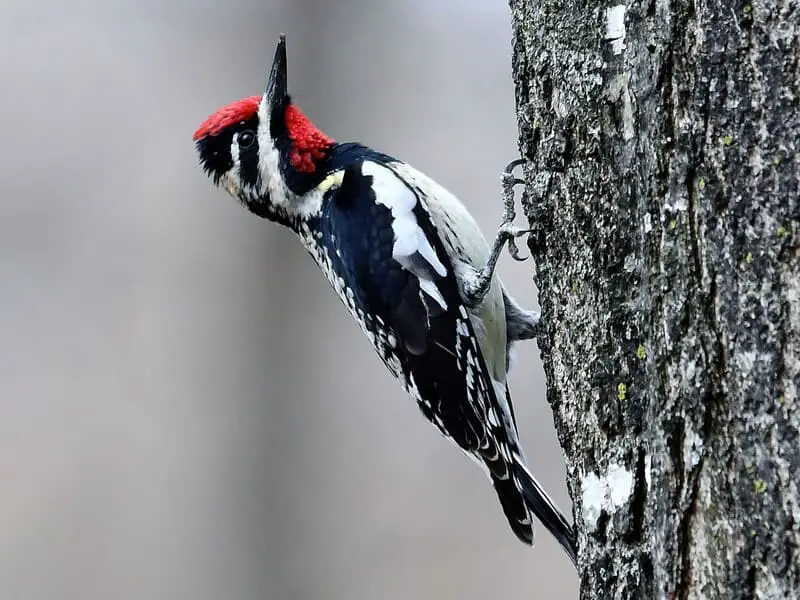
Williamson’s Sapsucker is a medium-sized woodpecker with a black back, white belly, and yellow breast. The male has a red throat, while the female has a white throat. Both sexes have a black head with a white eyebrow and yellow crown. It is found in the western United States and Canada.
It is named after Lieutenant Zebulon Pike Williamson, who was the first to collect a specimen of the bird. The sapsucker feeds on the sap of trees, as well as on insects that are attracted to the sap.
7. Wilson’s Warbler
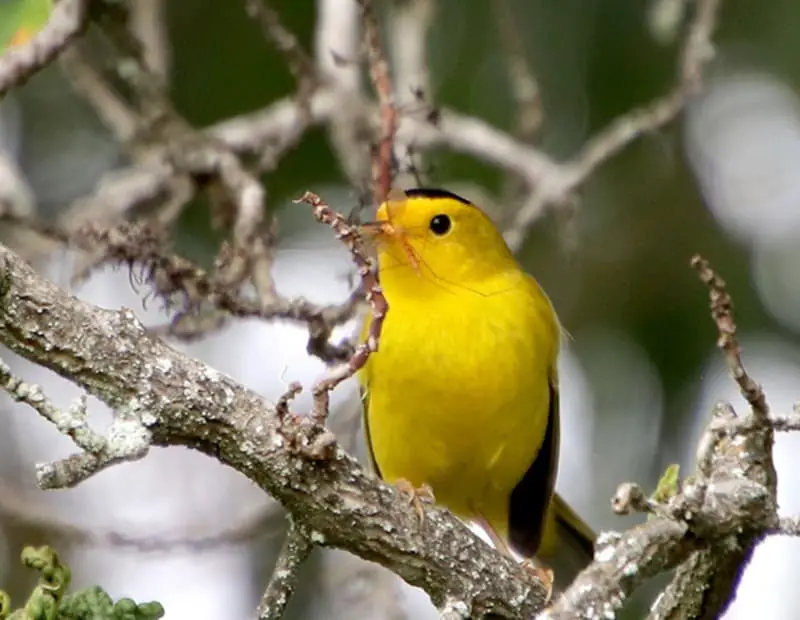
Wilson’s Warbler is one of the birds with yellow belly. It is a small songbird with a wingspan of 3.2-3.6 inches. The adult has olive-green upperparts, yellow underparts, and a black cap. The male has a black throat and the female has a white throat. The juvenile is similar to the adult but has paler upperparts and streaked underparts.
Wilson’s Warbler breeds in coniferous forests in North America. Its nest is built on a branch near the trunk of a tree and is made from moss, lichen, and spider webs. The female lays 3-5 eggs which are incubated for 12-13 days. The young birds fledge at 15-17 days old.
It is an insectivorous bird and its diet includes spiders, ants, beetles, and flies. Wilson’s Warbler was named after the American ornithologist Alexander Wilson who first described the species in 1811.
8. Prothonotary Warbler
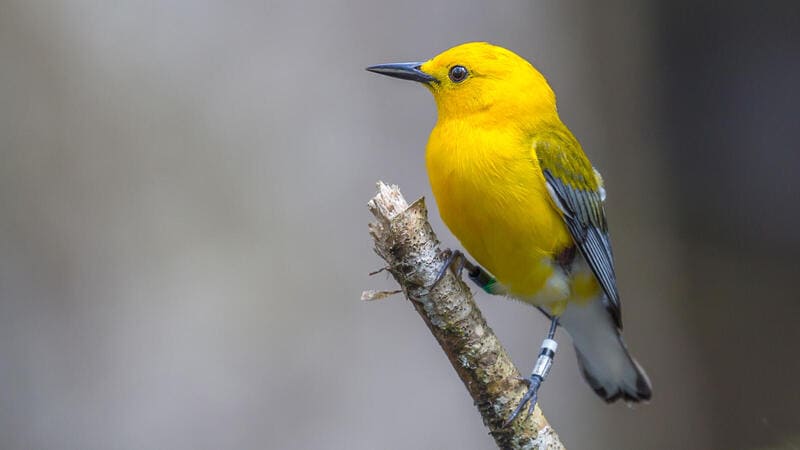
The Prothonotary Warbler is a small bird with a big personality. Found throughout the southeastern United States, this warbler gets its name from its bright yellow belly, which is said to resemble the robes worn by prothonotaries or Roman Catholic notaries.
In addition to its vibrant plumage, the Prothonotary Warbler is also known for its melodious song, which has been described as “one of the most beautiful sounds in nature.” Unfortunately, this birdsong is becoming increasingly rare, as the Prothonotary Warbler is facing extinction due to habitat loss and environmental degradation.
9. Orchard Oriole Female
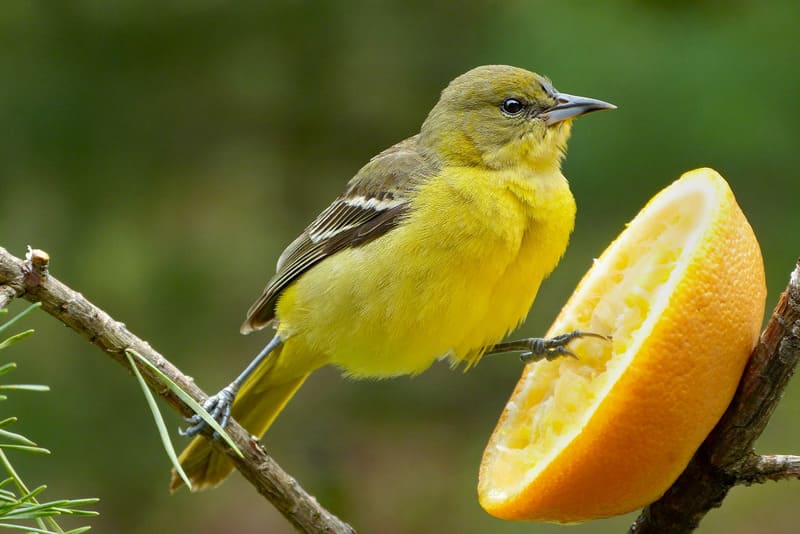
The Orchard Oriole is one of the beautiful birds with yellow belly and black body. It is found in wooded areas of the eastern United States and Canada, where it feeds on insects and fruit. The female Orchard Oriole is duller in color than the male, with greenish-yellow underparts and no orange on the throat or breast.
She also has a less well-defined black hood. The Orchard Oriole nests in trees, often building its nest beneath a leafy branch. Both parents help to raise the young birds. The Orchard Oriole is a beautiful bird that can bring a touch of summer to any backyard.
10. Western Tanager
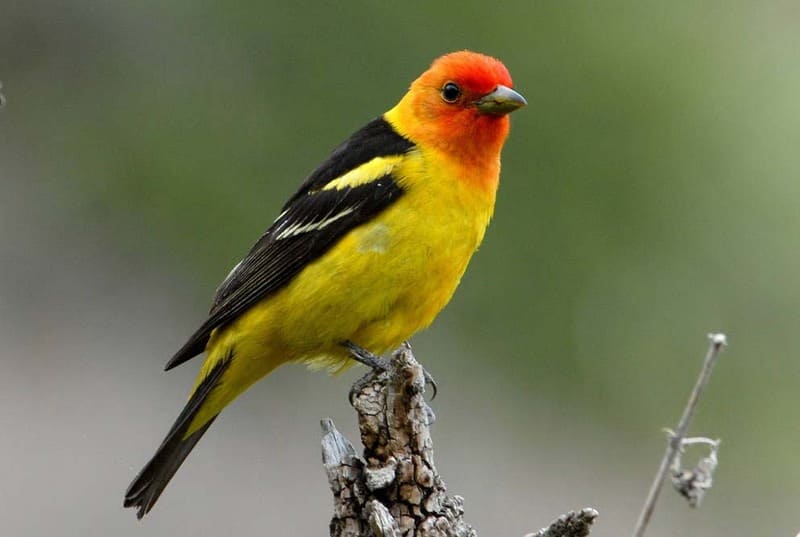
The Western Tanager is a beautiful bird that is found in open woodlands throughout the western United States. The male bird is a vibrant yellow color with a black back and wings, while the female bird is a more subdued yellow-green color. The Western Tanager feeds primarily on insects, but will also eat fruit and berries.
11. Hooded Warbler

The Hooded Warbler is a member of the wood warbler family and is closely related to the Old World warblers. The Hooded Warbler has a distinctive streaked brown and yellow plumage, and its song is a clear, musical trill. The species has declined significantly in recent years, and it is now considered to be vulnerable to extinction. The primary threats to the Hooded Warbler are habitat loss and fragmentation.
12. Great Crested Flycatcher
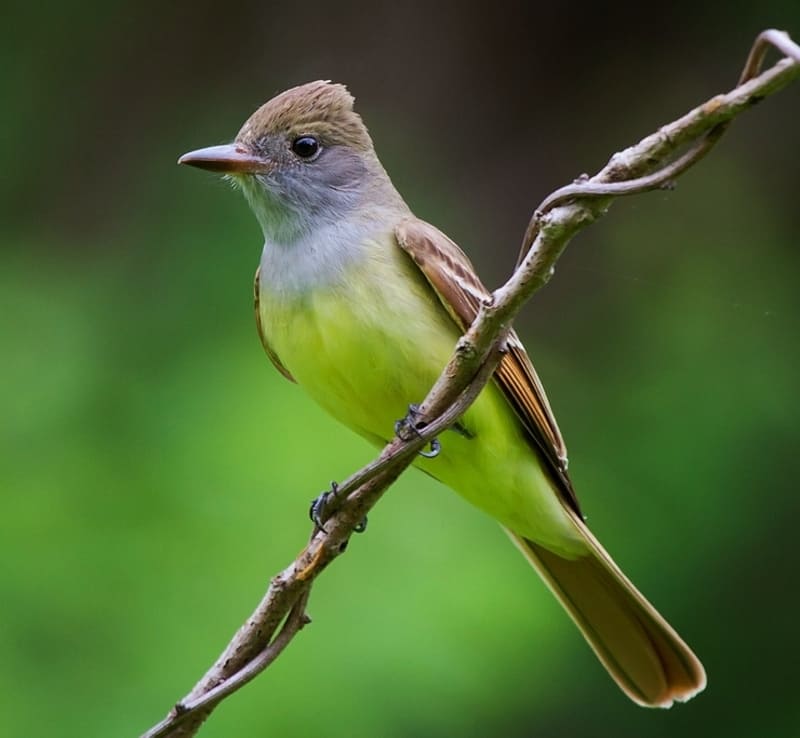
The great crested flycatcher is a medium-sized songbird with a distinctive two-toned call. It is found in woodlands across the eastern United States and parts of Canada. The flycatcher is greyish-brown above and pales below, with a long tail and a short, wide bill. It feeds on insects, which it catches in mid-air.
The great crested flycatcher nests in tree cavities, often using old woodpecker holes. The female incubates the eggs and cares for the young.
13. Magnolia Warbler

The Magnolia Warbler is one of the beautiful birds with yellow belly. The males are brightly colored, with yellow bodies and black streaks on their heads and backs. The females are more subdued, with greenish-yellow plumage. The Magnolia Warbler is named for its preferred breeding habitat, deciduous forests with a dense understory of magnolia trees. These warblers are shy birds, and they are rarely seen in open areas.
14. Yellow Warbler
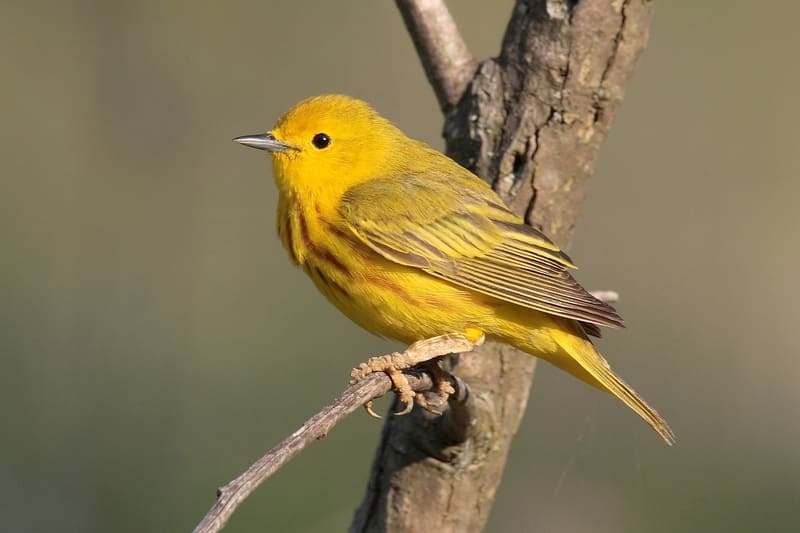
The yellow warbler (Setophaga petechia) is found throughout North and Central America, typically nesting in trees near streams or other bodies of water. The yellow warbler is an important part of the ecosystem, helping to control insect populations by eating large quantities of insects, including caterpillars, beetles, and flies.
This bird is also an important food source for predators such as hawks and owls. In recent years, the yellow warbler population has declined due to habitat loss and the use of pesticides.
15. Cape May Warbler
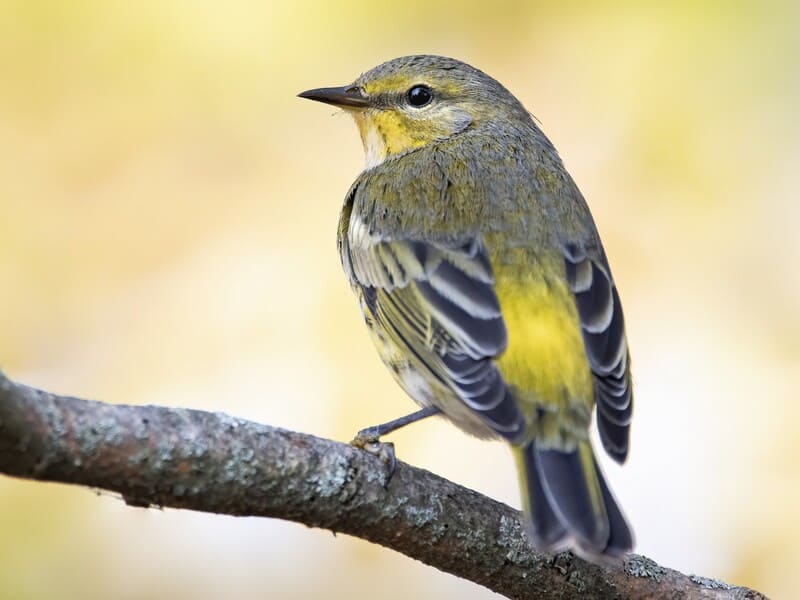
The Cape May Warbler is a bird that is extensively sexually dimorphic. The males are brightly colored with yellow underparts and olive-green upperparts, while the females are more subdued with olive-gray upperparts and yellowish-white underparts. This warbler breeds in North America, primarily in the boreal forests of Canada.
It is an insectivorous bird, that feeds mainly on caterpillars. It is one of the earliest birds to migrate south in the fall, and one of the latest to return north in the spring. It winters primarily in the Caribbean islands, although some individuals have been found as far south as Panama. This warbler is named for Cape May, New Jersey, where it was first described by Alexander Wilson in 1811.
16. Orchard Oriole Female

The orchard oriole female is a small bird with a slender body and a long, pointed tail. The wings are dark brown, and the underparts are pale yellow. The head is black, with a white stripe running down the middle. Females also have a white stripe on the wings. Males and females look similar, but males have a brighter plumage and a longer tail.
Orchard orioles breed in open woodlands and orchards. The nest is usually suspended from a branch and is made of grasses, strips of bark, and other plant materials. The female lays 3-6 eggs, which are incubated for 12-14 days.
Conclusion
There you are! 9 amazing birds having yellow bellies with their complete description and images. So next time you’re out and about in nature, keep an eye out for some of these lovely birds with yellow belly. And who knows? You may even be able to add one or two of them to your personal birding checklist.
Interesting articles:

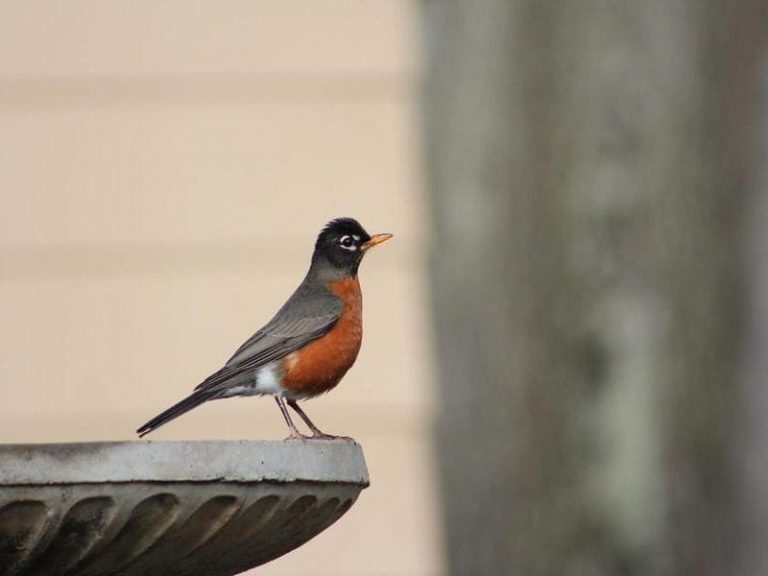
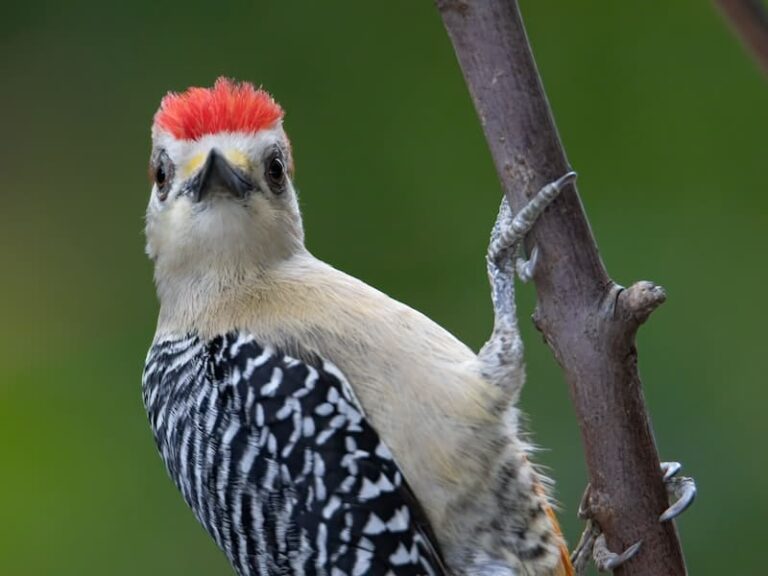
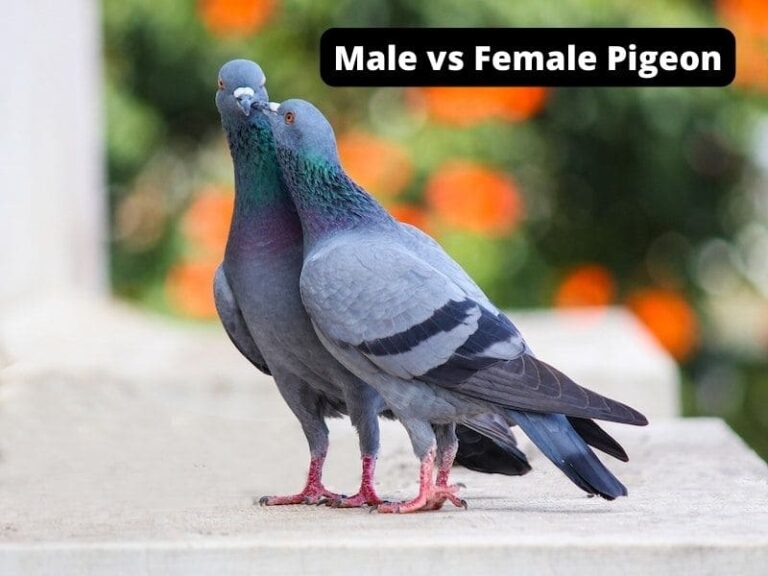
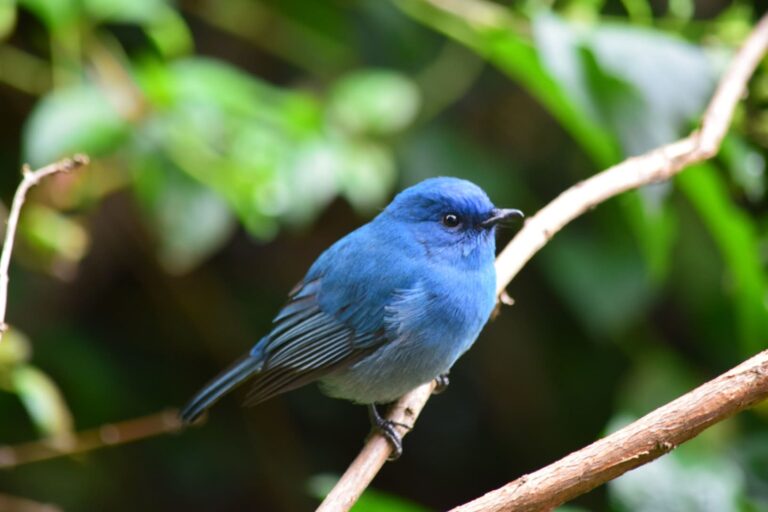

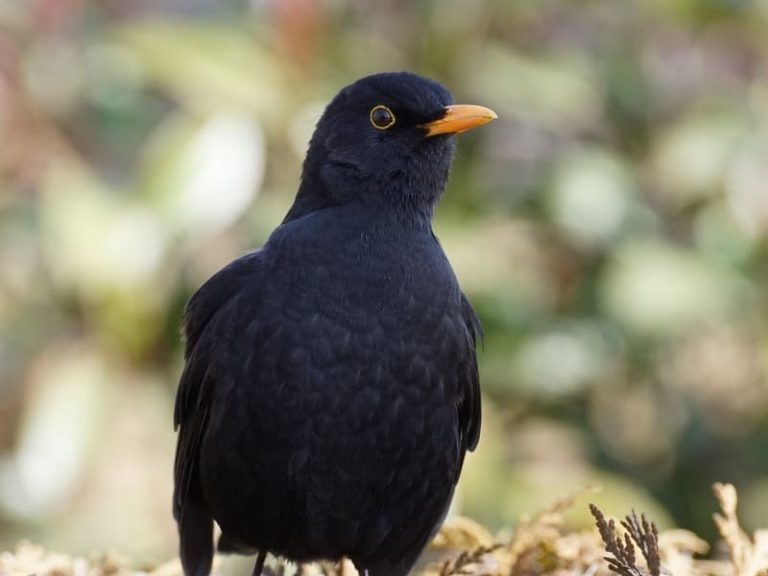
Trying to get picture of the birds but they “spook” so easily
The are small maybe wren size or smaller. Both have a blackish/navy head, wings and tail- one has a yellow belly the other a red belly. Not painted bunting or orioles. Never seen these birds before. Eat out of a bird feeder. Don’t know much about birds-so far not finding in books. I am sure if I get a picture that will help identify them. Live 1/2 way down the Atlantic side of Florida. Will keep trying to get a picture.
Thanks. For sharing.